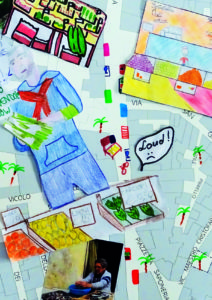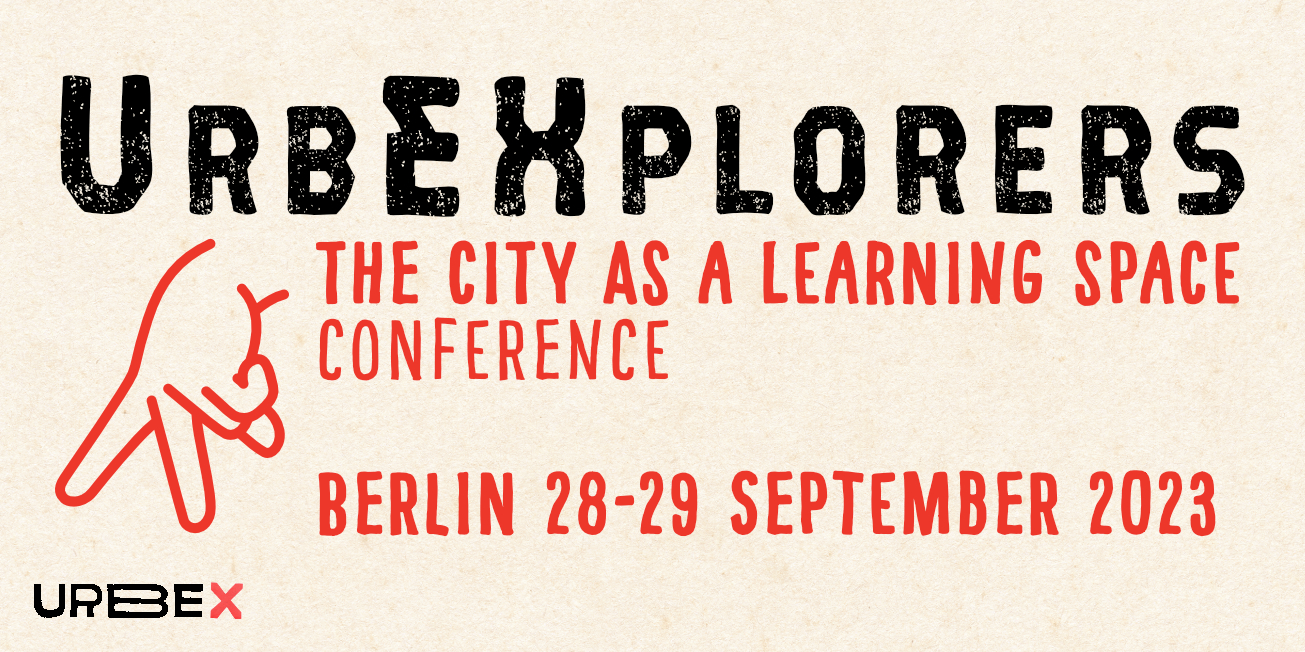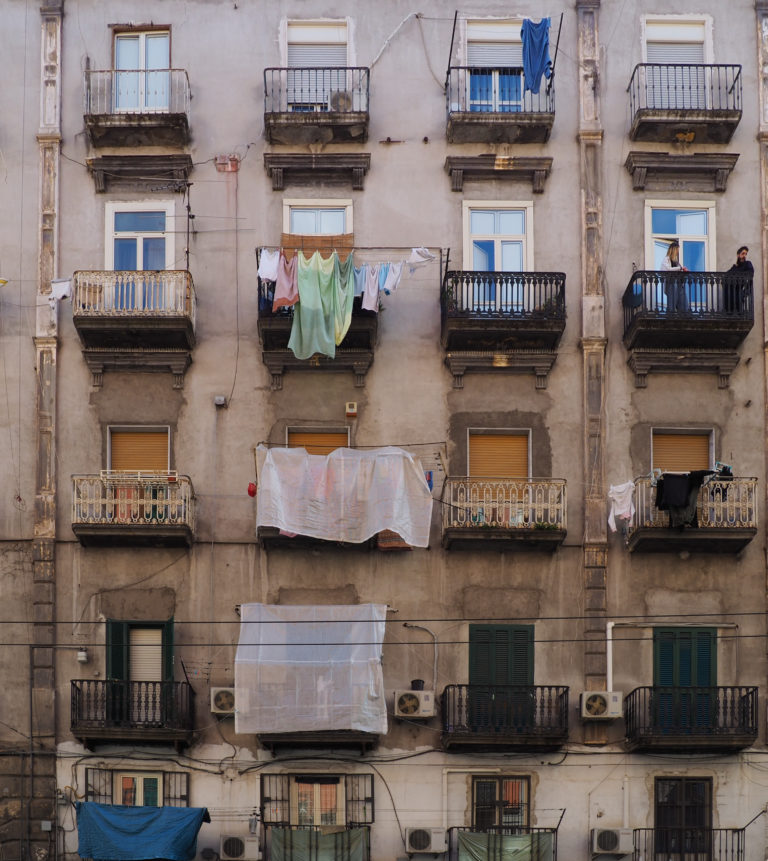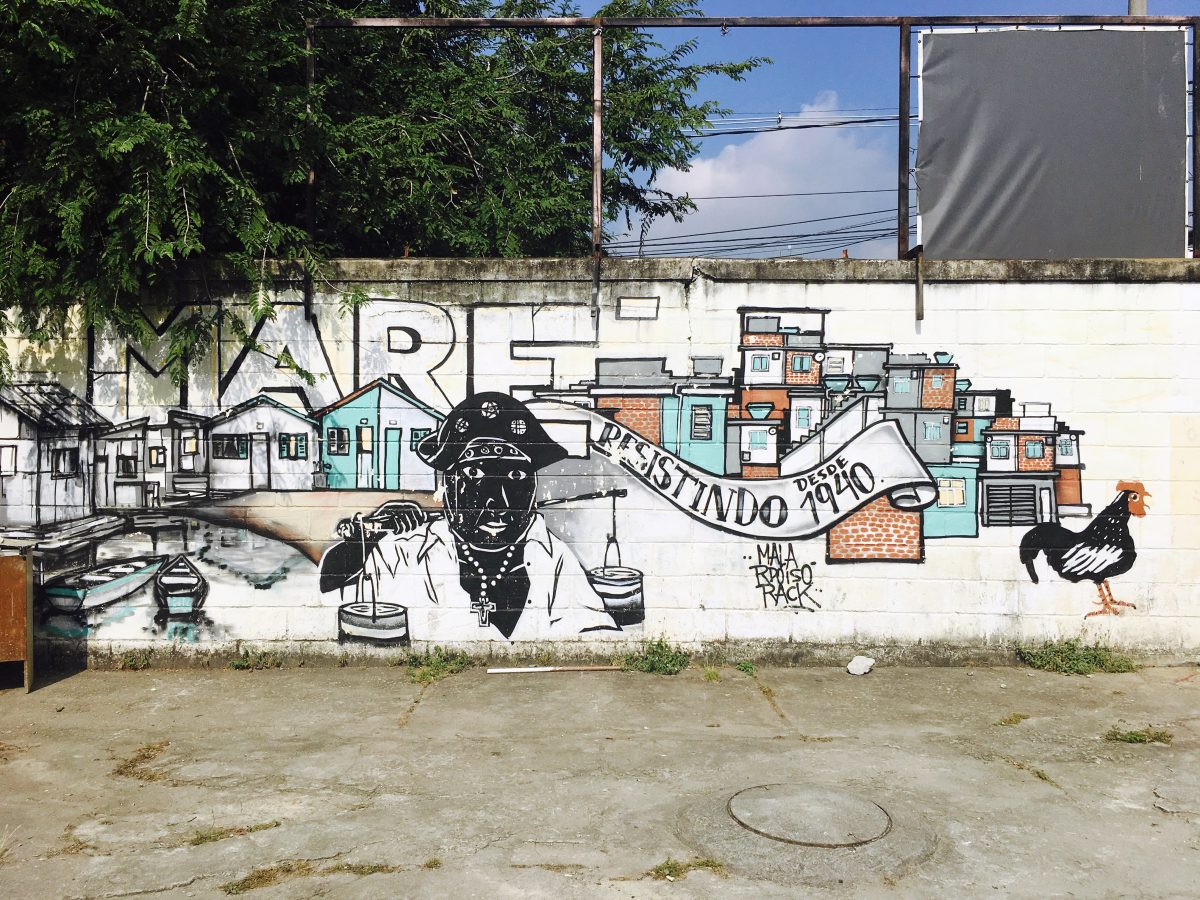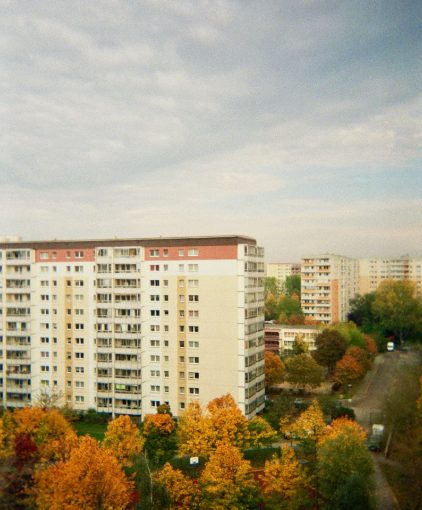
HOHENSCHÖNHAUSEN – BERLIN
Hohenschönhausen is a district part of the borough of Lichtenberg. During the separation of the city, this borough of East Berlin was part of the German Democratic Republic (GDR). This area is notorious for having hosted the former headquarters of the Ministry of State Security (Stasi). Nowadays, the population of Hohenschönhausen is increasing its cultural diversity, with a significant Vietnamese community resulting from a guest worker program implemented in the 1980s. In recent years, Neu-Hohenschönhausen has hosted three refugee centers, and the district is making efforts to promote integration and community solidarity through public investments. In this context, Tesserae has developed participatory workshops with local residents on topics related to issues of a memory culture being documented by residents of the district themselves, promoting activities of community storytelling.
